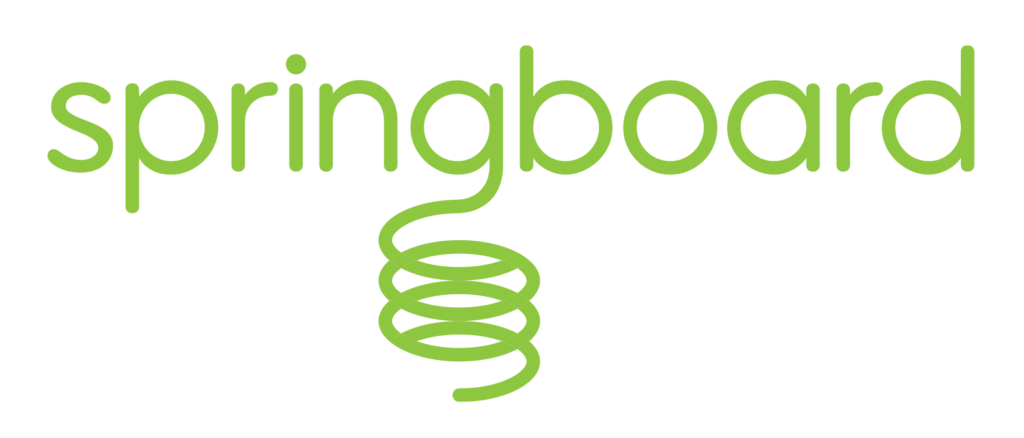Election Day is (mostly) over, thank goodness! But nonprofits’ work to engage public policymakers isn’t over – in fact, it’s just beginning. This is a follow-up to my “5 Before 11/3” pre-election post, offering five things every nonprofit can and should do between now and Inauguration Day to begin building relationships with policymakers positioned to shape the outcome of your work.
1. Focus on the newbies.
Local legislatures often have only a few members, but bigger cities can have a dozen or more, and statehouses typically have triple-digit rosters. For maximum impact and minimal stress, focus first on lawmakers-elect (or incumbents) beginning a new role.
This includes “freshmen,” of course. Folks new to legislative service will likely know little about many of the issues they’ll be asked to engage with and can benefit the most from your real-world expertise and that of the people you serve. But don’t forget veteran lawmakers joining committees with jurisdiction over your issue. A five-term veteran may know everything about the chamber’s processes and politics, but if she served four of those terms on an environmental protection committee she may still face a steep learning curve when she moves to a committee with jurisdiction over child abuse and neglect prevention and response.
2. Do your research and map your relationships.
My prior post encouraged you to research candidates’ public statements and other information readily available on the web, to learn whether and how they understand your issue. If you haven’t done that, now is the time. If you have, supplement it with developments since Election Day. Victory speeches often serve as outlines for the newly-elected policymaker’s agenda, and post-election news coverage typically includes a Q&A about incoming lawmakers’ priorities. These are all a good place to start.
Your experience and expertise with your nonprofit’s issue will ultimately be your strongest asset in building a policymaker relationship. But getting in the door is often as much a function of who you know as what you know. Start by reaching out to people who served as key advisers during the campaign – they’ll likely become key staffers when the lawmaker takes office. And as I mentioned in my earlier post, finding them can be as easy as making a phone call.
But you might still need help getting in the door. If she earned the endorsement of a public official or advocacy leader you know, that relationship helps. If she served on the board of your local children’s hospital, look for relationships (maybe your own board members?) with others who served alongside her. Dropping those names, or even asking those people to make an introduction, can make a huge difference.
3. Get acquainted.
My prior post also encouraged you to draft a briefing packet providing an accessible overview of your issue, a few news clips, and a sense of how your organization can help a policymaker interested in the issue. Now’s the time to put that to good use. Reach out through campaign staff or your network of relationships to ask for a brief meeting with the lawmaker-elect. Set your expectations low – focus on building rapport and conveying a sense of why your issue matters and how your organization can help the incoming lawmaker do her new job. And accept appreciatively if the lawmaker-elect asks a staff member to meet with you instead – staff can be real allies down the road. And brief means brief – aim for 20 total minutes, with half of that time for Q&A.
4. Stop telling and start showing.
Once you’ve introduced your organization to the soon-to-be lawmaker, ask her to join you for a look at how your issue affects the real people she serves. If your organization helps older adults live independent lives, arrange for her to meet people who’ve benefitted from your programming, so you can show her how increased state funding could help you reach even more. If you work on wetland conservation, don’t just show her the marsh – make sure she’s joined by the sportsmen’s club that benefits from hunting and fishing access or the elementary school teacher who holds science class in the field.
5. Keep your networks informed.
The more you do to build your relationships with the policymakers who matter, the more you can do to advance your mission. Keep your board, your coalition partners, and the other networks who help you do your work informed as you work to build your policymaker relationships. Your networks will appreciate that you’re building your capacity to shape public policy, and they’ll look to you for advice and access.
For many nonprofits, a portion of Q4 is spent reflecting on the past year and planning for the year ahead. Consider embedding the work of engaging policymakers into your strategic plan. Outline the steps you’ll take to research newbies, get your foot in the door, and amplify your issues. That way, your board and staff will be on the same page, and everyone will know who’s doing what when it comes to policymaker outreach and education.
Remember, Inauguration Day is coming up fast – for many local and state legislatures, it’s the first or second week of January. If you take the upcoming weeks to do these few key things, you’ll be building solid relationships with policymakers serving your community before they even take office.

